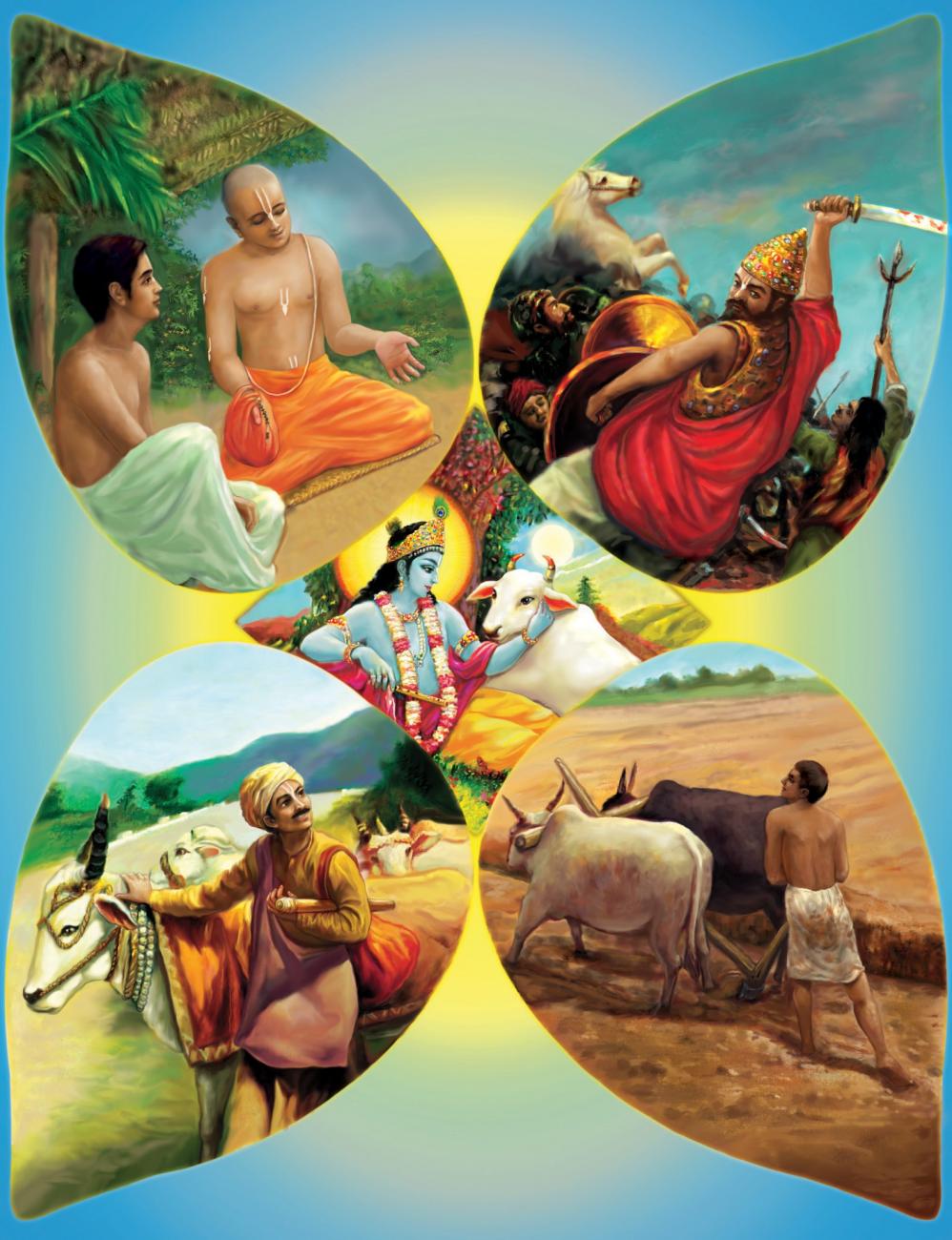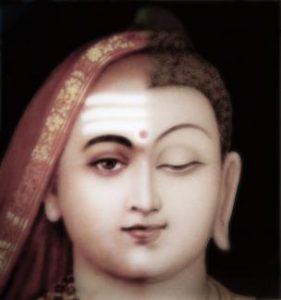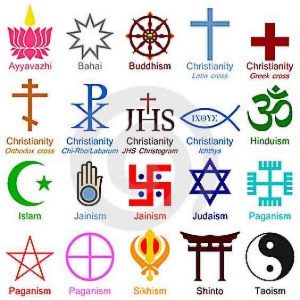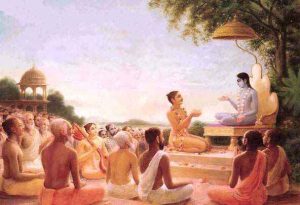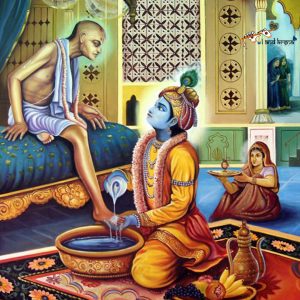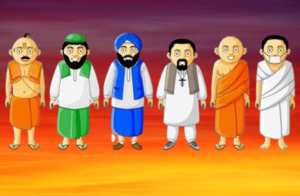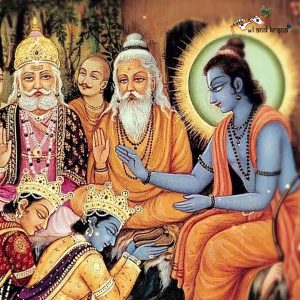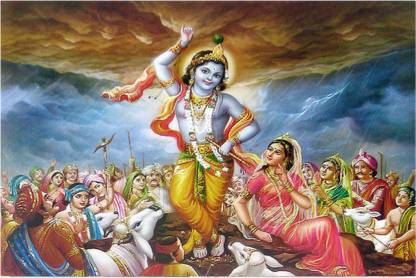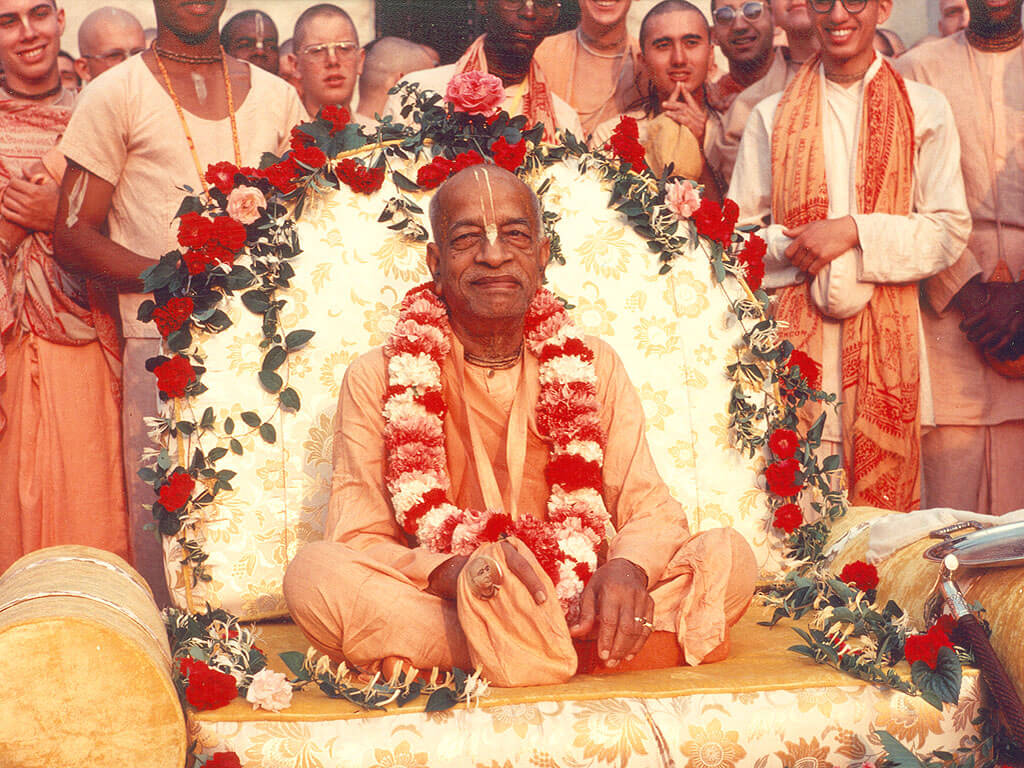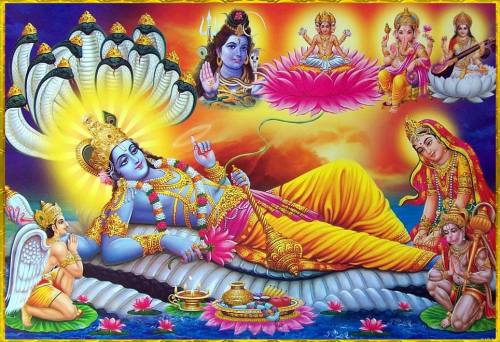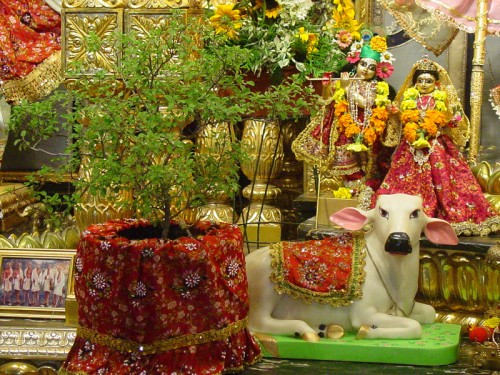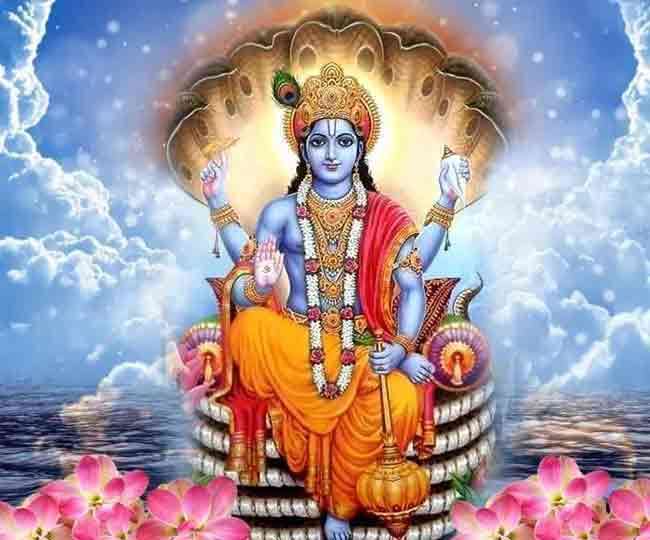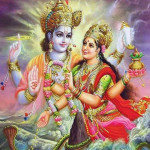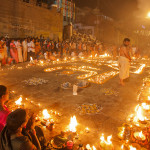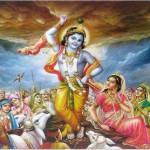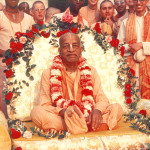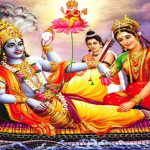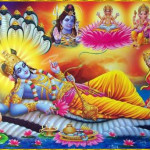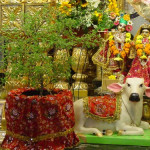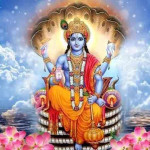What are various varnas & asramas given in Bhagavad-gita?
There are four varnas, namely, the brahmanas (priests and intellectuals), the ksatriyas (warriors and statesmen), the vaisyas (businessmen and farmers) and the sudras (laborers and servants). There are also four standard asramas, namely brahmacarya (student life), grhastha (householder), vanaprastha (retired) and sannyasa (renounced).
“The four social orders, namely the Brahmanas, the ksatriyas, the vaisyas, and the sudras, have come out of the different parts of the universal form of the Supreme Lord as follows: the Brahmanas have come out from the head, the ksatriyas have come out from the arms, the Vaisyas have come out from the waist, and the Sudras have come out from the legs. Similarly, the sannyasis have come out from the head, the vanaprasthas from the arms, the grhasthas from the waist, and the brahmacaris from the legs”. These different orders of society and grades of spiritual advancement are conceived in terms of qualification. It is confirmed in the Bhagavad-gita that the four social orders and the four spiritual orders are created by the Lord Himself, in terms of different individual qualities. As the different parts of the body have different types of activities, so the social orders and spiritual orders also have different types of activities in terms of qualification and position. The target of these activities, however, is always the Supreme Personality of Godhead. As confirmed in the Bhagavad-gita, “He is the supreme enjoyer”. So whether one is a brahmana or a sudra, he has to satisfy the Supreme Lord by his activities. This is also confirmed in the Srimad Bhagavatam by a verse which reads: “Everyone must be engaged in his particular duty, but the perfection of such work should be tested by how far the Lord is satisfied with such activities”. The injunction herein is that one has to act according to his position, and by such activities, one must either satisfy the Supreme Personality or else fall down from his position.
For example, a brahmana who is born out of the head of the Lord has as his business to preach the transcendental Vedic sounds or sabda brahman. Because the brahmana is the head, he has to preach the transcendental sound, and he also has to eat on behalf of the Supreme Lord. According to Vedic injunctions, when a brahmana eats it is to be understood that the Personality of Godhead is eating through him. It is not, however, that the brahmana should simply eat on behalf of the Lord and not preach the message of the Bhagavad-gita to the world. Actually, one who preaches the message of the Gita is very dear to Krishna, as is confirmed in the Gita itself. Such a preacher is factually a brahmana and thus by feeding him one feeds the Supreme Lord directly.
Similarly, the ksatriya has to protect people from the onslaughts of maya. That is his duty. For example, as soon as Maharaj Pariksit saw that a black man was attempting to kill a cow, he immediately took his sword, wanting to kill the black man, whose name was Kali. That is a ksatriya’s duty. Violence is required in order to give protection. In the Bhagavad-gita, Lord Krishna directly gave His order to Arjuna to commit violence on the battlefield of Kurukshetra, just to give protection to the people in general.
The vaisyas are meant for producing agricultural products, trading them and distributing them. And the working class, or sudras, are those who haven’t the intelligence of the Brahmanas or the ksatriyas or the vaisyas, and therefore they are meant to help these higher classes by bodily labor. In this way, there is full cooperation and spiritual advancement amongst all the different orders of society.
And when there is no such cooperation, the members of society will fall down. That is the present position in the kali-yuga, this age of quarrel. Nobody is doing his duty and everyone is simply puffed-up by calling himself a brahmana (intellectual) or a ksatriya (soldier or statesman). But actually, such people are without status. They are out of touch with the Supreme Personality of Godhead because they are not Krishna conscious. Therefore the Krishna consciousness movement is intended to set the whole of human society in proper condition so that everyone will be happy and take profit from developing Krishna consciousness.
Source: A.C. Bhaktivedanta Swami Prabhupada (2011 edition), “The Nector of Devotion”, Page 24

